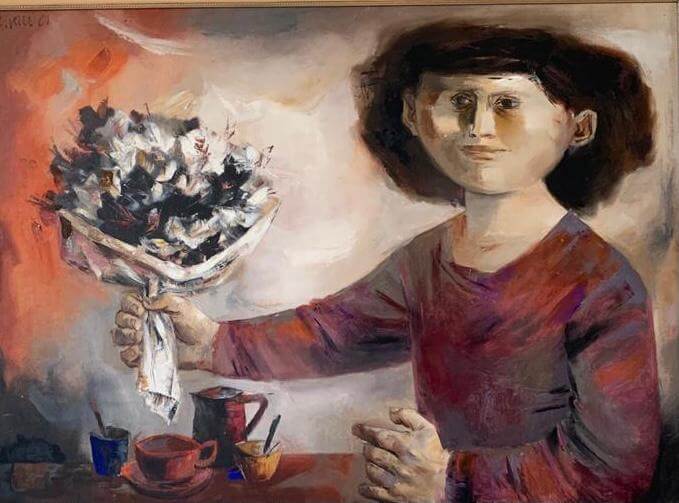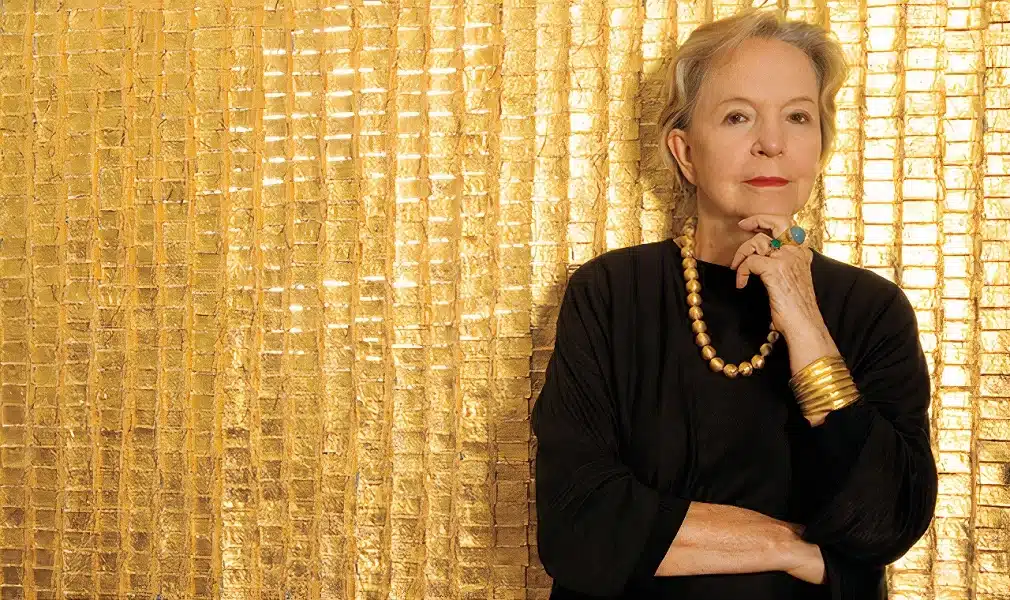Grau, the great master of a work recognized in many latitudes; Grau, the lover of Cartagena, the city of his ghosts and memories; Grau, the one who revealed hidden stories of women and men; Grau, the one who loved Bach; Grau, the one who was pleased to go through with his sight and touch the volumetric and splendid figure of his characters full of beauty and vitality so that the image would be as truthful as throbbing; Grau, that great artist who with his unquestionable capacity and his prolific, honest and inexhaustible expression, managed to dabble with total mastery in drawing, tempera, painting, engraving; Grau, who was a poster artist, illustrator of books, magazines and newspapers, set designer and film director; Grau, to whom we pay homage today.
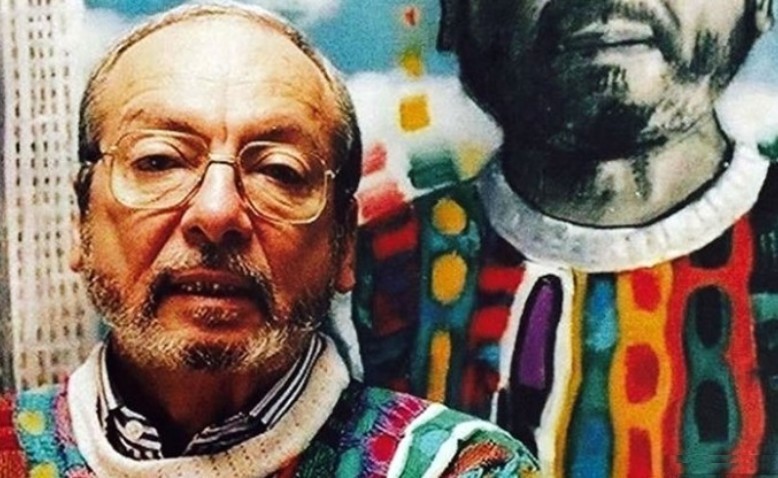
His work is characterized by a diversity of forms and techniques, not only in a human figurative material but also animal, botanical and even geographical. At the same time, his spontaneity was one of the keys to his success in the art world, as different works elaborated in tribute to a theme or a character of the moment highlighted his unparalleled imagination.
Enrique Grau was born on December 18, 1920. The son of a family from Cartagena de Indias, he was born in Panama and did his early studies in Bogotá. He obtained a government scholarship to continue his education at the Art Students’ League in New York, where he remained from 1940 to 1943, and then continued his studies in Italy, where he perfected his technique as a muralist, painter and draftsman, achieving great expertise in all facets. In the United States he studied with Tadeusz Kantor and was also a disciple of the German artist George Grosz.
He also trained himself by making self-taught copies of works by great masters such as El Greco, Rembrandt, Jean-Antoine Watteau, etc., as well as portraits of movie stars and, especially, portraits of family members and the domestics in his home.
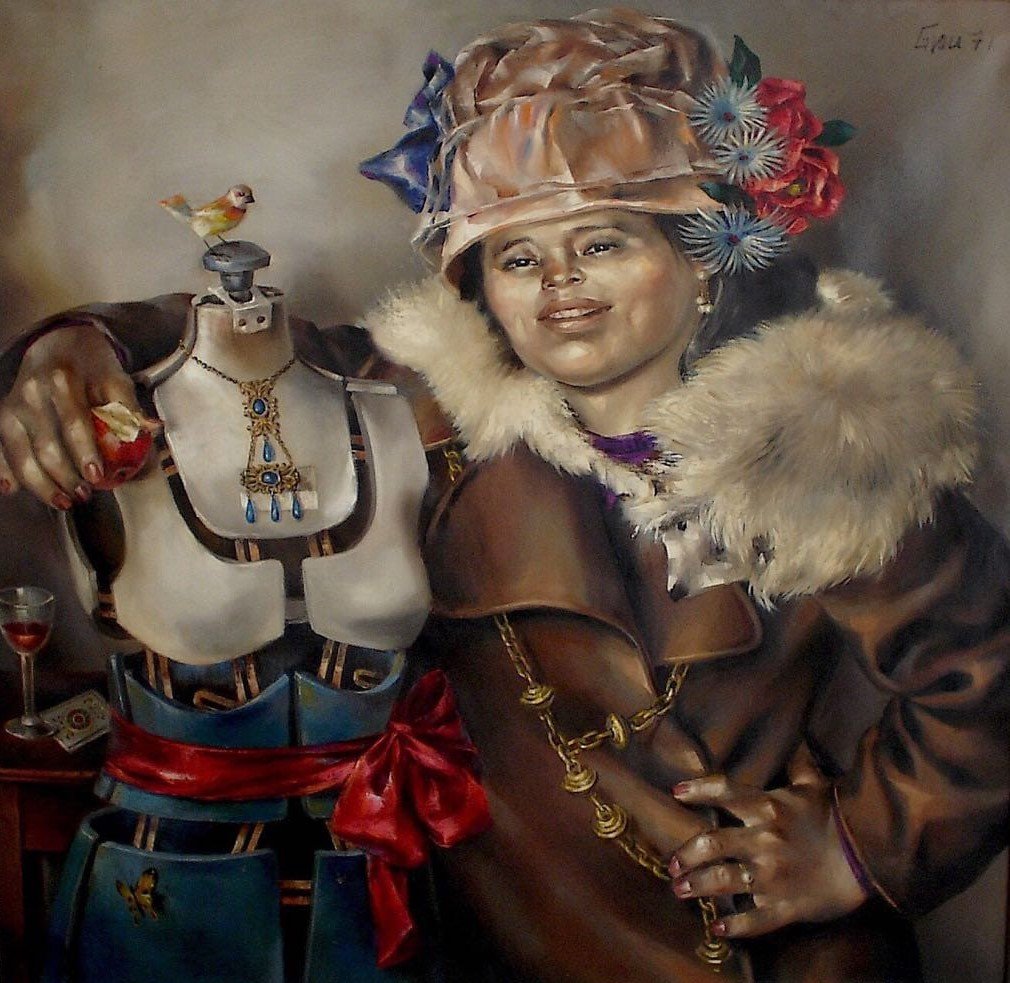
Woman with veil, 1975
100 x 70cm
Grau concretizes in Florence the most characteristic of the third phase of his creative process: the recreation of reality based on cubism. From then until 1959, his work became basically geometric and, between 1958 and 1959, close to abstraction.
Since 1959 his work has become frankly realistic: he is interested in the human figure and its environment. He then became passionate about what would now make his work so identifiable: the volume, the emphatic and concrete forms and an extremely baroque decor in terms of furniture, ornaments and costumes that accompany his characters.
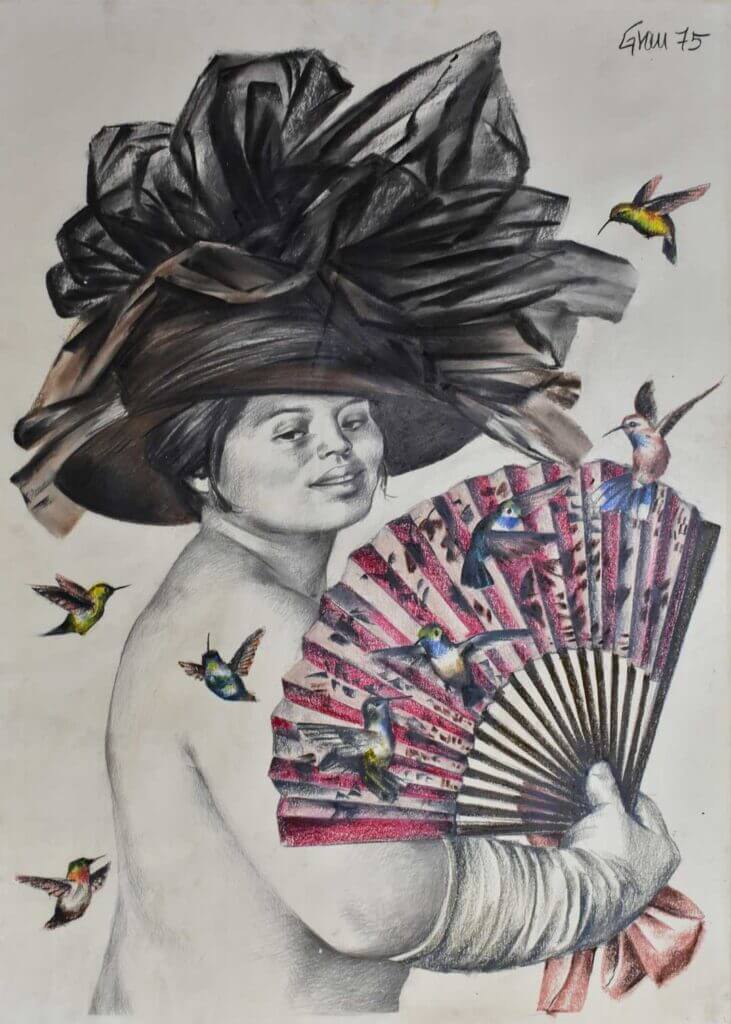
Woman with fan and birds, 1975
102 x 72 cm
The handling of materials such as bronze proved to be the artistic challenge of the master in the eighties and nineties of the twentieth century, the works in the three-dimensional plane, allowed the master to develop in a new medium. One of his last works with this material was the sculpture San Pedro Claver (1999-2001), considered a monument in honor of Cartagena and the Caribbean coast in general.
Died at the age of 83 in the city of Bogotá, Colombia, on April 1, 2004.

